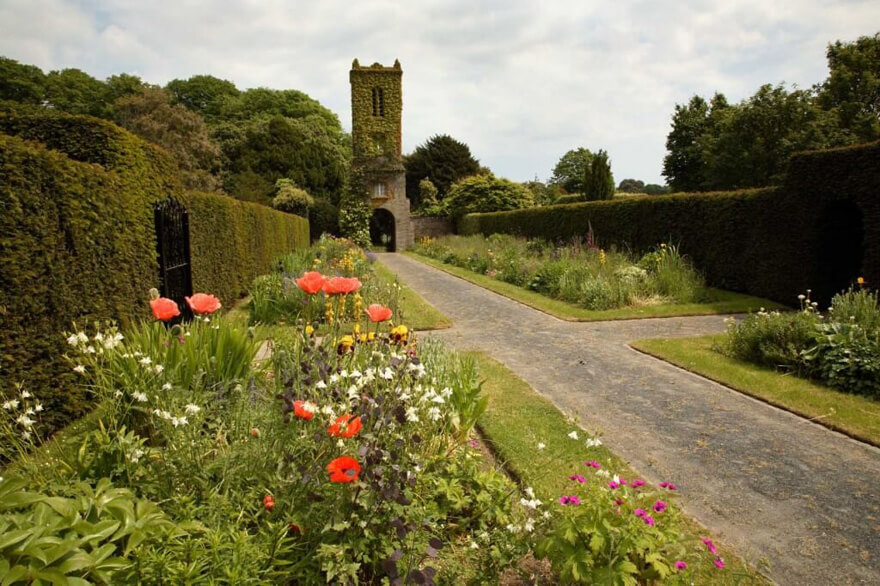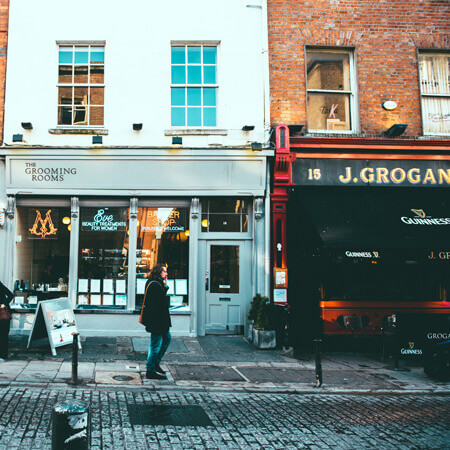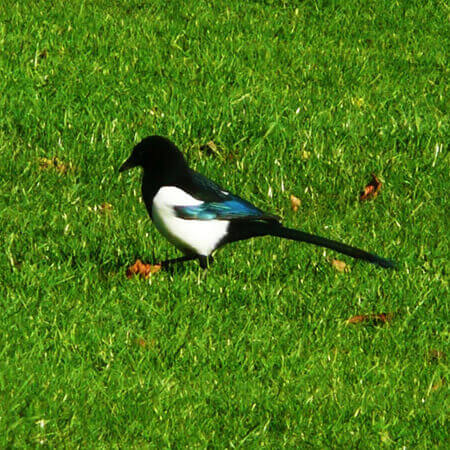Unique and personal perspectives on life in The Pale. This week: Catherine Dunne
The other night, driving through the Phoenix Park, I remembered.
Remembered what it is I love most about Dublin.
Sometimes, it’s tough to retrieve all the good things about your native city – particularly when you’re surrounded by the aftermath of a general election, the consciousness of all those things that the city gets wrong, the awareness that so much about Dublin can be challenging.
But on a lovely spring evening – the first, after a dismal, murky winter – the Phoenix Park unrolled itself in all its green, luscious glory.
I can map my life in parks. The first, tiny, neighbourhood one where I grew up in Clontarf: the one with swings and minuscule pitch and putt and a net, hastily strung in summer, over which we kids hit tennis balls at each other. Nonetheless: it was green and it was a space – I came to appreciate both of those concepts even more just as soon as I tried to live without them.
As I grew, St Anne’s Park in Raheny took centre stage. It was close to where most of my friends lived. It was a space where we adolescents congregated on summer evenings, away from the prying eyes of adults. I suppose, during those seminal years, that the ‘space’ was rather more important than the ‘green’.

St Anne’s Park, Clontarf
Fairview Park was just opposite Marino library where I sought sanctuary during the latter years of my adolescence. My father used to marvel at the use made of this reclaimed land: he’d praise the Parks Department for the showy spring displays of tulips and daffodils. Later, when I lived close to there as an adult, I watched out every year to see the snowdrops and the crocuses make their tiny, post-winter debuts.
And outside my house there was Crescent Park: now Bram Stoker Park, saved from the equivalent of the wrecking ball by local opposition. A neat, happy meeting point of literature and green space.
I remember visiting the Phoenix Park as a child to see the deer. Deer that belonged to Santa; deer that he borrowed every Christmas. I remember feeling proud when I learned that the park was one of the largest walled parks in Europe. We had Spanish visitors at that time, and there was very little that we could boast about as being bigger than something in Spain. The Phoenix Park qualified: that and the fact that Santa’s deer had been roaming freely there since 1662.
These days, my favourite is St Stephen’s Green. I love the way the noise disappears when I step through one of its gates. I like the sense of openness there, the fact that no matter how many visitors there are, it never feels crowded. The pond with its ducks takes me right back to a time when allowing children to feed the wildlife was not politically incorrect.
Occasionally, I’ll drop into Merrion Square Park and say hello to Oscar. He looks very comfortable there, with his shiny green jacket, surrounded by all that space.
Well done, Dublin. Your parks do us proud.
Catherine Dunne’s new novel, ‘The Years That Followed’ (published by Macmillan) is out now.




